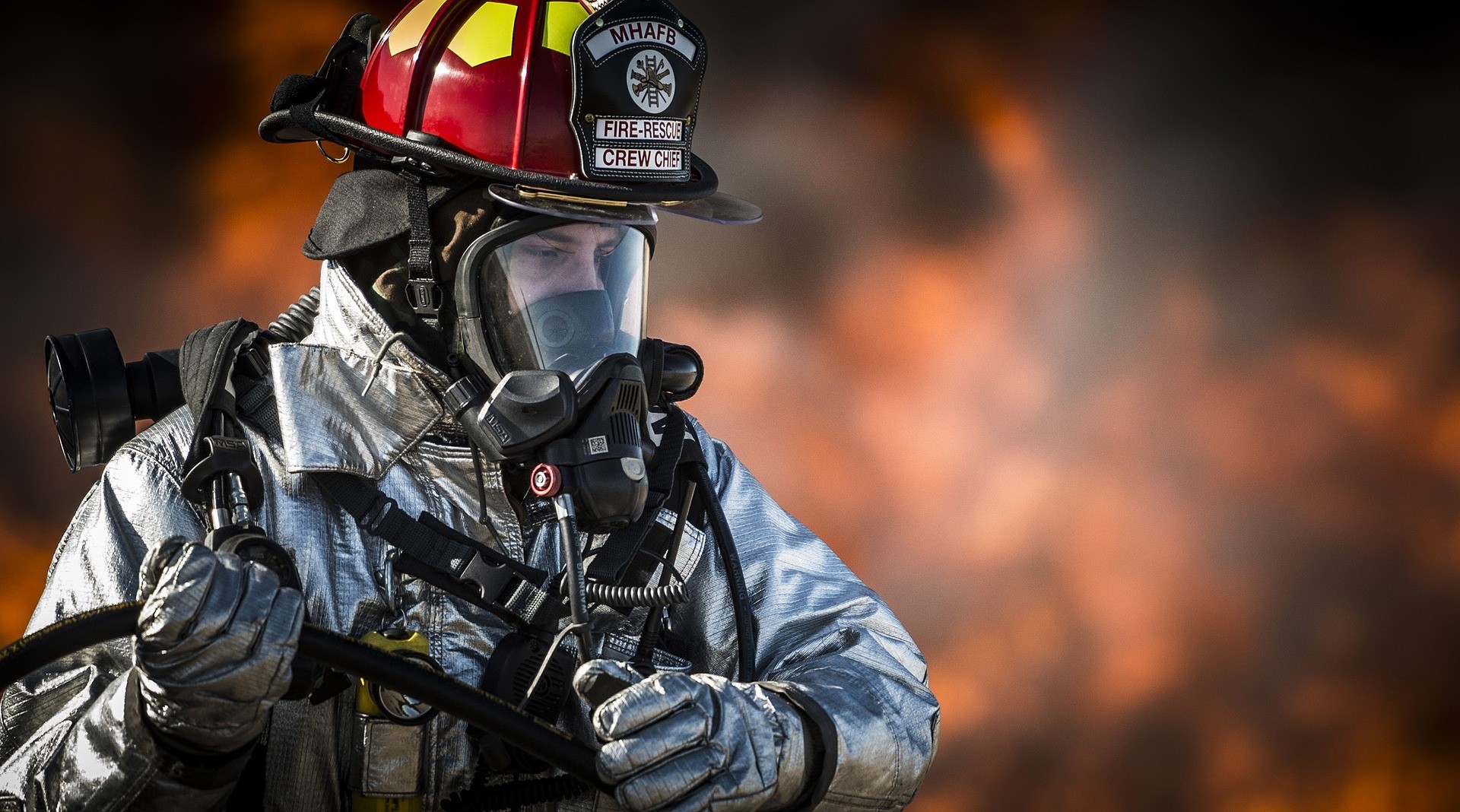FARS has been around for more than 10 years, but, like many technological innovations, it is only now beginning to be more widely known - and even required in some buildings’ fire protection systems. If FARS isn’t already required in your area, it may be soon, so you should have an understanding of FARS and its purpose & use.
Frontier Fire Protection has been one the premier fire protection service providers in Colorado and the Rocky Mountain Region for more than 50 years. We’ve seen many changes in fire protection technology and fire code regulations. If you have questions about FARS, or are planning new construction in Colorado, Utah, or Wyoming - contact Frontier Fire Protection. We’ll help you understand FARS, and how it applies to your complete fire protection system.
What is FARS?
FARS - Firefighter Air Replenishment Systems
FARS, firefighter air replenishment systems, deliver breathable air to firefighters during a fire emergency in large buildings. FARS use a system of pipes and air storage to provide air to the firefighter’s location, like a standpipe delivers water. Firefighters can access the FARS air-filling stations located strategically throughout the building to quickly refill the tanks that are already part of their normal SCBA equipment
Depending on the size & scope of the building, FARS consists of a number of components:
- Seamless stainless steel tubing throughout building
- Air-filling stations at various levels & locations in the building
(the requirements depend on your specific municipality and project) - Stored breathing air in the building’s air resource room
- Valves, pumps, or cylinders to maintain air delivery and pressure
- External mobile air connection panel
- Air monitoring system to track air quality
- Control or isolation valves for response in case of building damage
How does FARS work?
FARS represents a huge leap in the ability of emergency responders to safely respond to a building fire. They are an innovation that revolutionizes fire protection & safety in large buildings - much like standpipes and water delivery systems did before.
Fires in high-rises or other large buildings are obviously very dangerous not just to the public, but also to the firefighters responding in an emergency situation. If you are not a firefighter, one of the most often forgotten risks is the lack of breathable air due to smoke and other hazards. While fighting a fire, responders in the building need to bring in air along with their other safety equipment. They also need to be constantly resupplied with new air - and the firefighters bringing in the air may require their own air. As the height or size of the building increases, more and more air is used simply getting to the fire’s location.
Most commonly, firefighters are equipped with a 30-minute-rated air tank and a SCBA (self-contained breathing apparatus). While the tanks are rated for 30 minutes, the extreme physical activity of fighting a fire or climbing stairs often means these tanks last around 10 minutes. New tanks are filled outside of the emergency air and delivered to a staging area by firefighters who are only assigned to delivering or refilling tanks. It is not unheard of for large fires to require hundreds of air tanks.
FARS allows firefighters to refill their own or others’ air tanks with safe air pumped throughout the building, in less than 2 minutes. This not only drastically decreases the risk of a firefighter being without air, but also frees large portions of the firefighters to more directly respond.
Air is supplied through tubing, booster pumps, and valves to stations often located every few floors of a large building or high-rise. Air can be initially supplied by air storage tanks located in the building, and then supplemented or replaced by mobile air units capable of pressurizing safe air at air connection panels in a safe area of the building’s exterior.
Is FARS required?
FARS have been around since the 80s, and while hundreds of them have been installed in buildings across the country (and world) since then - they have recently become more and more included in local regulations for new construction and existing fire protection systems.
In 2015, FARS were added as Appendix L of that year’s International Fire Code - standardizing some requirements for their installation & use. Since then they have been adopted by many more cities across the US (including much of Frontier Fire Protection’s service area).
While your specific municipality may have specific guidelines, FARS are used in larger buildings, typically where the entrance/exits are outside the range of air supplies normally carried by responding firefighters.
Installation of FARS
FARS are best installed in new construction or retrofitted to existing buildings by an experienced fire protection service provider who understands this relatively new technology, and your area’s local fire codes. They are typically installed along water delivery systems like sprinklers & standpipes - however, air is much easier to transport effectively than water. FARS use much smaller tubing and have less of the hazards associated with water (corrosion, leaks, weight, etc.)
Contact Frontier Fire Protection with FARS Questions
Frontier Fire Protection has been a trusted source in the Rocky Mountains for not just information, but design, installation, building, inspecting, and repairing fire protection systems in all types & sizes of building. We hope this has helped you be introduced or become more familiar with FARS.
If you are planning new construction or building retrofits, or need to comply with recent regulation changes in our service area, contact Frontier Fire Protection today to discuss FARS (or another National Fire affiliate). We will help you identify and plan for any fire code regulation for FARS, but also fire sprinklers, alarm systems, backflow - or any fire protection need.

